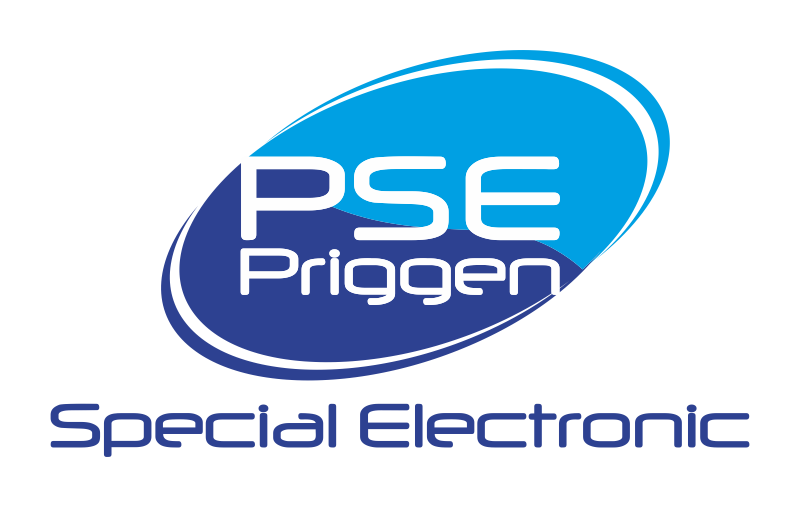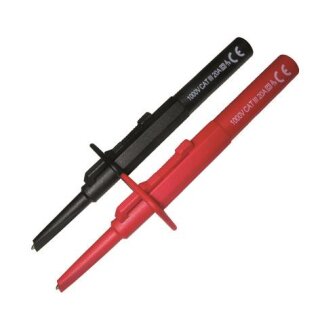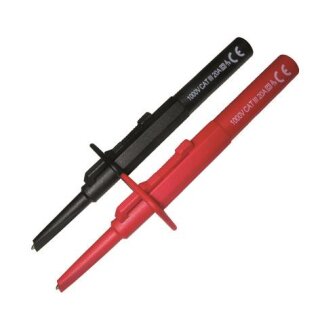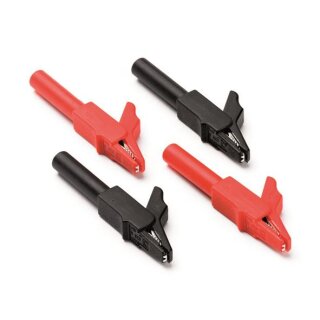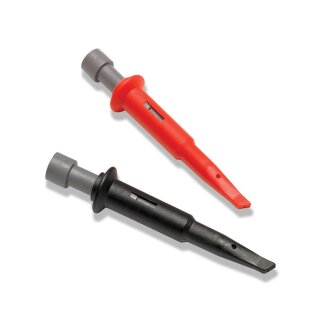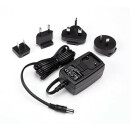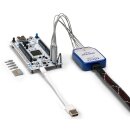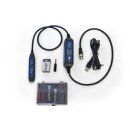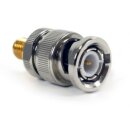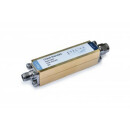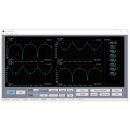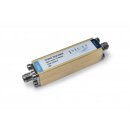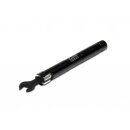Oszilloskop- Zubehör
Kategorie Bestseller

-
Lieferzeit: 1 - 3 Werktage
(DE - Ausland abweichend)
- Artikelnummer:
- PS011
- Artikelnummer:
- TA369
- Artikelnummer:
- TA488
- Differential- Teilertastkopf mit 200MHz- Bandbreite
- Teilerverhältnis: 10:1
- Differential- Eingangsspannungsbereich: ±20V
- Gleichtakt- Eingangsspannungsbereich: ±60V
- 9V- Batteriefach
- Spannungsversorgungsleitung zum Anschluss an optionales USB- Netzteil
- Artikelnummer:
- TA489
- Differential- Teilertastkopf mit 800MHz- Bandbreite
- Teilerverhältnis: 10:1
- Differential- Eingangsspannungsbereich: ±15V
- Gleichtakt- Eingangsspannungsbereich: ±30V
- 9V- Batteriefach
- Spannungsversorgungsleitung zum Anschluss an optionales USB- Netzteil
- Artikelnummer:
- TA172
- Artikelnummer:
- TA313
- Artikelnummer:
- TA430
- Artikelnummer:
- TA431
- Artikelnummer:
- TA356
- Artikelnummer:
- PP969
Passend für die Oszilloskop- Modelle:
- PicoScope 3000D- Serie (einschließlich MSOs)
- PicoScope 4444 Differenzial- Oszilloskope
- PicoScope 4000A, 12Bit- Oszilloskope
- PicoScope4824, 8- Kanal- Oszilloskope
- PicoScope 5000A/B/D- Serie, Oszilloskope mit flexibler Auflösung
Hochwertige Adapter und Kabel für Oszilloskop Zubehör
Die Qualität der Adapter und Kabel spielt eine entscheidende Rolle bei der Signalübertragung und -genauigkeit. Unser Sortiment an Oszilloskop Zubehör umfasst eine Vielzahl von Adaptern und Kabeln, die robust und zuverlässig sind. Ob Sie SMA-, BNC- oder N-Adapter benötigen, bei uns finden Sie die passenden Verbindungen für Ihre Messgeräte. Unsere hochflexiblen Koaxialkabel gewährleisten minimale Signalverluste und maximale Präzision.
Schützende Hartschalenkoffer für Ihr Oszilloskop Zubehör
Der sichere Transport und die Lagerung Ihres Oszilloskop Zubehörs sind essentiell, um die Lebensdauer und Funktionalität Ihrer Geräte zu erhalten. Unsere Hartschalenkoffer bieten den optimalen Schutz für Ihre empfindlichen Messinstrumente. Speziell für verschiedene Modelle und Zubehörteile entwickelt, gewährleisten diese Koffer nicht nur Schutz vor physischer Beschädigung, sondern auch eine einfache Handhabung und Organisation Ihres Equipments.
